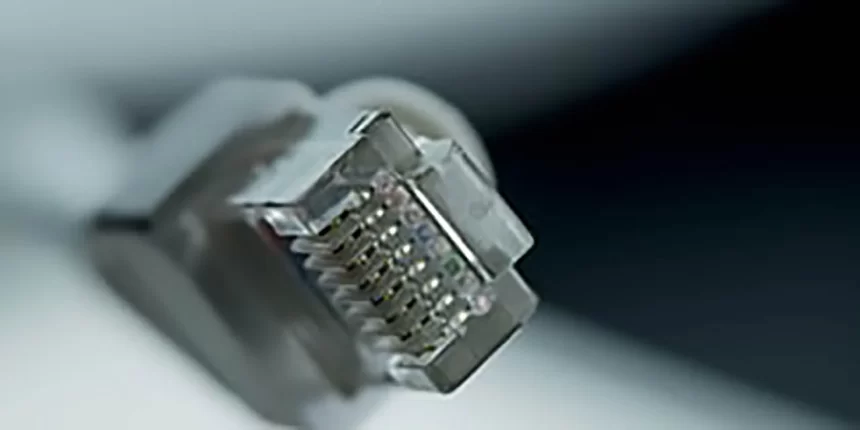There is a significant shift happening in the corporations’ back offices around the globe. Nonetheless, an increasingly appropriate concept is robotic process automation (RPA); many call it as the robots’ ascent. Although the link between robotics technology and RPA can be inaccurately defined to some degree, the simple fact is that RPA is only an elaborate abbreviation for a software robot, or in IT vernacular, a “bot.” Robotic Process Automation for Smart Data Centers provides innovation that combines knowledge and execution with scripting. It is a blend of technological abilities that was a significant boost to back-office tasks.
However, RPA has been confronted with fear for all its capacity to boost productivity and minimize physical work. The concern of job losses and decreases in workers has an exceptionally human component, which leads to unjustified presumptions about robots. Moreover, nowhere is this fear more noteworthy than in the data center, where highly compensated experts feel threatened by the bots’ rise, with doubts that RPA would diminish their importance for overall activities and throw data center administrators out in the region.
Organizations organize much of the data center’s client base, irrespective of whether it’s a small regional data center, a busy colocation, or the globally dispersed network of massive data centers that underpin people in public cloud companies. As companies wake up to the cloud’s power and performance, they set up DevOps teams and micro services that require real-time computing, elastic scalability, massive data storage space, and 99.99 percent or higher reliability. Data centers need to reduce overhead costs while increasing safety and efficiency to meet the new needs expected by these business models.
As we enter this new shift in how companies work, each bit of data must be treated and properly used to maximize their value. This would not be possible without cost-effective storage and increasingly incredible hardware, digital transformation, and the associated new business models. For quite a while, experts have anticipated that the automation developments introduced in manufacturing plants worldwide will later be extended to data centers. In all realities, with the use of Robotic Process Automation for Smart Data Centers, we are fast advancing this possibility.
Human error is an essential explanation for network failure by a wide margin. Software defects and breakdowns lead this down. Despite almost zero knowledge of how the equipment operates, the step must be made after the downtime has just occurred. The cost effect is much higher as the emphasis is deviated from other issues to deal with the cause for the problem, along with the impact of the actual downtime of the network. To have an increasingly efficient data center, dependability, cost, and management have to be set. That can be supported by automation.
With the fear of suppressed bots, multiple CIOs and managers of data centers are debating how best to accept RPA and where to apply the innovation. Apparently, today’s data center activities are related to doing more with less and are at the forefront of transforming wetware into processes that add extra value to business operations. All aspects considered, it turned out to be evident that RPA can implement phenomenal efficiencies into services, especially as smart automation. An excellent example of this is data center management, where bots can be rendered to perform backups, spool up on-demand virtual machines, transfer bots from close online to online frameworks, solve problems, etc. All comes down to the degree of creative mind present and the ability to discern tasks that are well suited for automation.
RPA, indeed, is much more than macros or contents. RPA provides a degree of intelligence that allows bots to determine what makes them go about as a smart automation agent. For example, bots can be deployed to screen network traffic and trained to make a step dependent on accomplishing a threshold. Additionally, alongside analytics, the bots can use pattern recognition to identify the limits in real-time, enabling them to respond much faster than any human would.
Such facilities look excellent for data centers that are under persistent security threats and should be scalable. Bots can be used to identify patterns of use, structured traffic, CPU cycles, etc. as a justification to scale up or down. Activities that once spurred a technician into action can now be mechanized. Furthermore, intelligent automation has proved a decent barrier line against malware, ransom ware, and spillage of information. With bots monitor operation, standard use trends can be deducted, and expected uses, customers, and different components behaviors can be calculated. When behavior falls beyond the norms, bots may make a move using either predetermined guidelines or AI’s guided responses that are substantially more imaginative.
Another benefit of RPA is standardizing the processes and strategies. By evacuating people’s variable behaviors from a process, data centers can predict a higher degree of standardization for much more unsurprising performance. That itself is an aid to businesses driven by regulatory laws, where the coming approaches are a vital enforcement factor.










